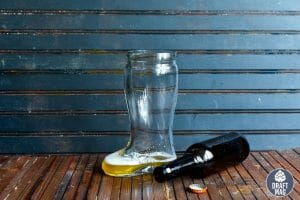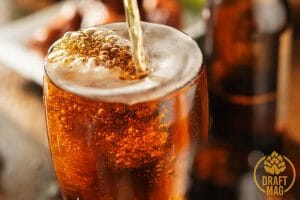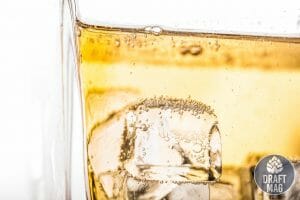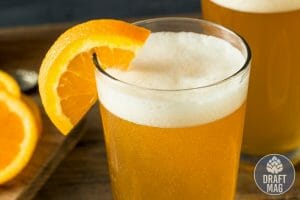Beer That Taste Like Root Beer: A Detailed Guide for You
Beer that taste like root beer list is a long one, especially with all the good candidates that are present. That’s good news for anyone who enjoys both alcoholic beers and non-alcoholic root beer. Given the popularity of root beer, it was only a matter of time before beer brewers jumped at the opportunity to tap into this market.
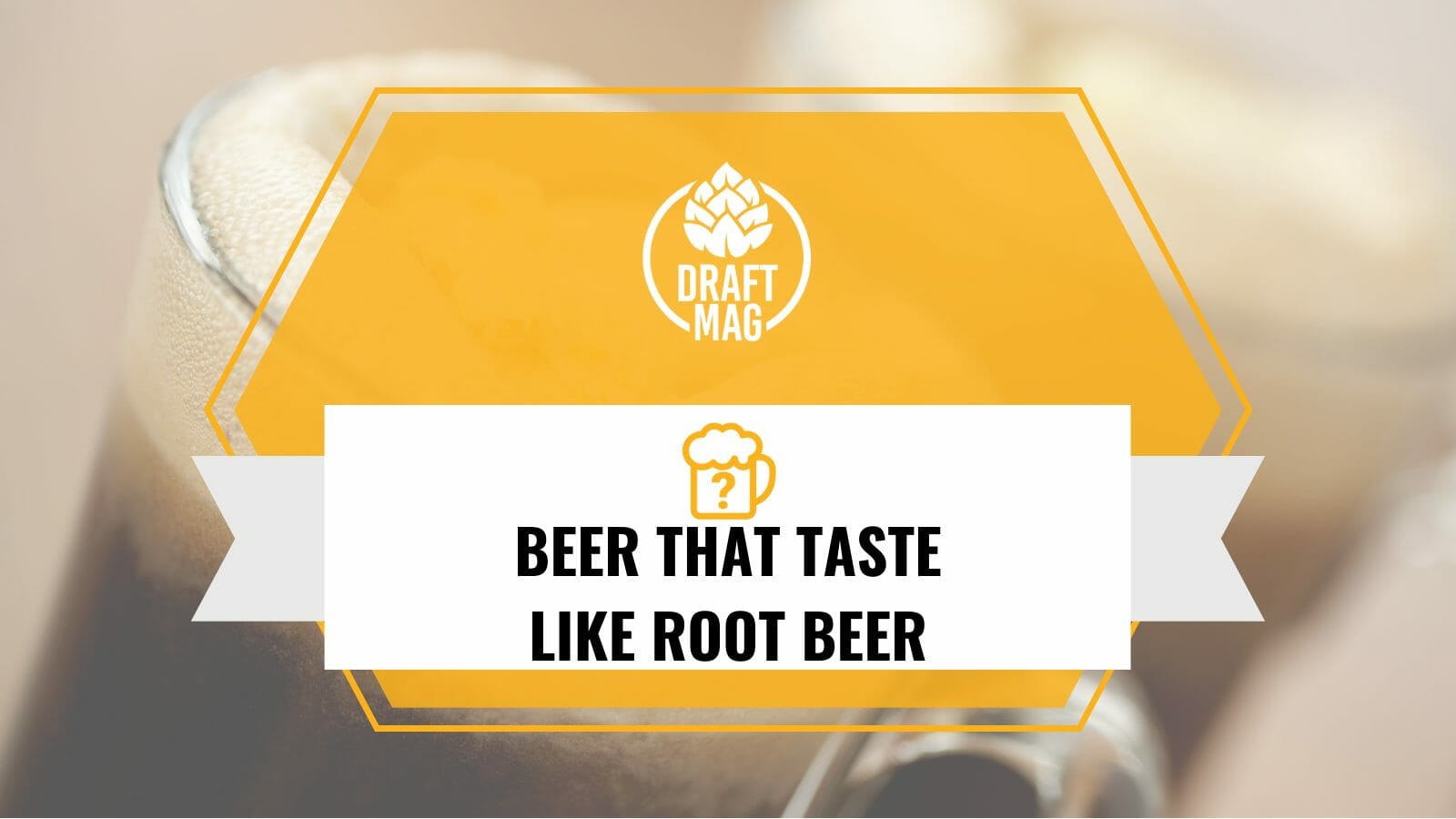
Keep reading to learn everything about root beers and beers that taste like root beers.
What Beers Taste a Lot Like Root Beer?
Beers that taste a lot like root beer include bestsellers like Not Your Father’s Root Beer, Coney Island Hard Root Beer, NYF Root Beer, Minhas Boxer Hard Root Beer, Berghoff Rowdy Root Beer, Coors Mad Jack Hard Root Beer, and Captain Morgan Spiked Root Beer.
Hard root beers blend in the distinct rooty flavor of the original non-alcoholic beverage with the punch of a good beer. However, you should always be well-informed before you make your purchase. Here, we list some of the most notable hard root beer brands to let you enjoy the brew alongside the signature rooty taste.
1. Not Your Father’s Root Beer
Not Your Father’s Root Beer is made using a combination of sassafras root, wintergreen, anise, and other flavors. The root beer is bottled and distributed by the C.H. Fenner Company, which is a family-owned business that has been producing Father’s Root Beer for over 100 years.
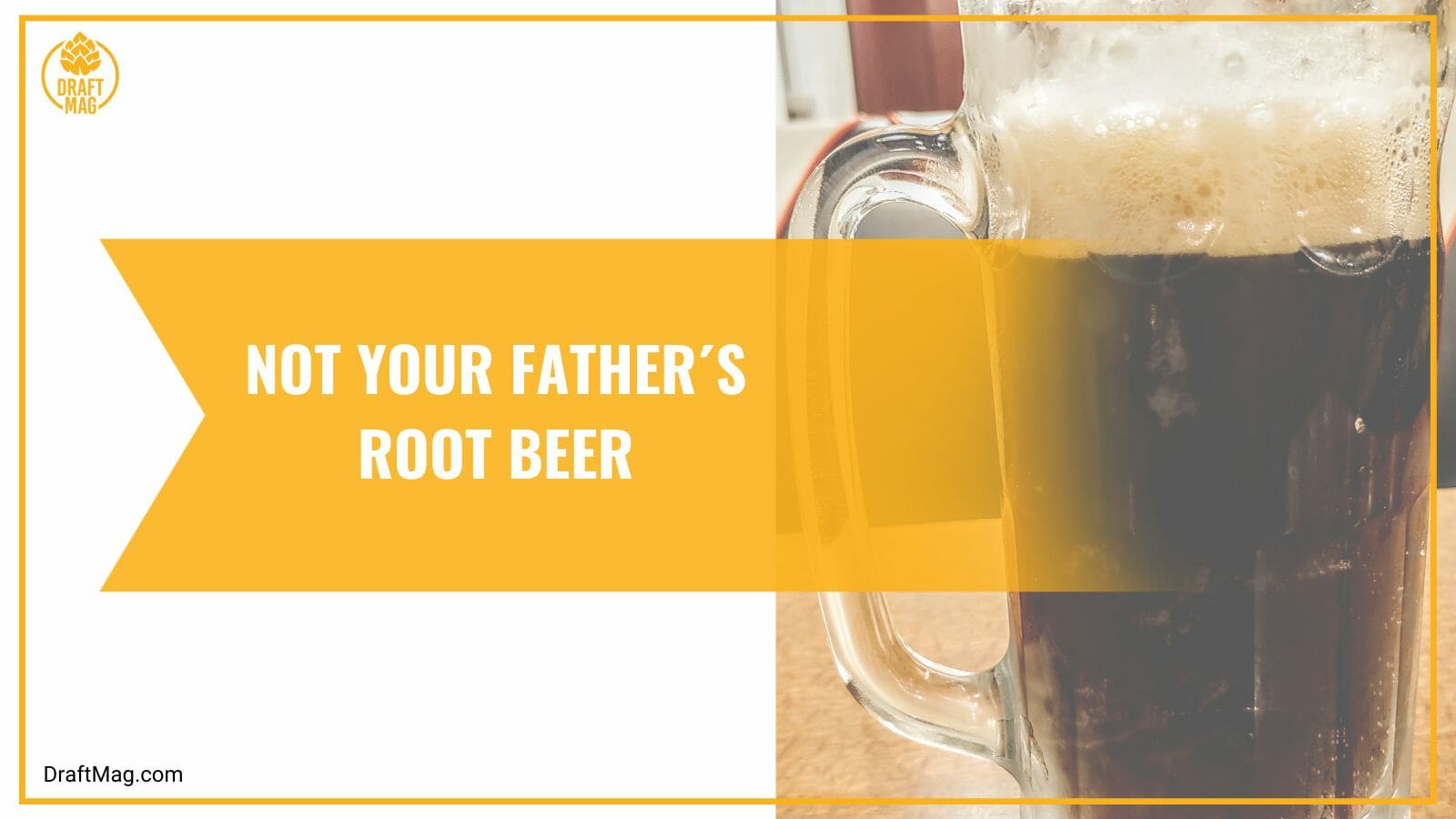
The company is known for its classic root beer flavor, which is made using a blend of natural and artificial ingredients. The ABV of this beer can range from 5.9 to 19 percent. You must pick one depending on the occasion.
2. Coney Island Hard Root Beer
This Hard Root Beer has a sweet, carbonated flavor with notes of sassafras, wintergreen, and anise, similar to regular root beer. However, the addition of alcohol gives it a stronger, more pronounced flavor and a higher alcoholic content.
The deep amber color of this beverage verges on obsidian, and it has a large, coarse, tan head that collapses but leaves a nice ring around the glass. The surface is scattered with foam, and patchy, sticky lacing sticks to the glass wall. It is made by the Coney Island Brewing Company, based in Brooklyn.
3. NYF Root Beer
Even though conclusions vary, most that root for root beer agree that Not Your Father’s Root beer is the closest to the real deal. However, the NYF root beer has gained substantial popularity of late and is one of the highest-selling hard root beers in the American market.
The beer made by the “Small Town Brewing” and Pabst subsidiary has an IBU of 10 with a 5.9 percent ABV. It uses caramel, clove, sarsaparilla, anise, and vanilla as key ingredients. Patrons have a hard time separating it from real root beer due to its distinctive sweet taste and aroma, even though it’s not quite as fizzy as other hard sodas.
4. Minhas Boxer Hard Root Beer
The Boxer is a robust hard root beer brought to you by the ancient Minhas Brewing. Having started its operations in 1845, Minhas ceased the production of alcohol during the prohibition era. The Boxer root beer gains its signature rooty flavor from a combination of fennel, licorice, and aromatic anise.
The root beer is a relatively recent addition to their illustrious catalog of the golden brew, undoubtedly stemming from the heightened popularity of soft root beer that has lingered on for adults.
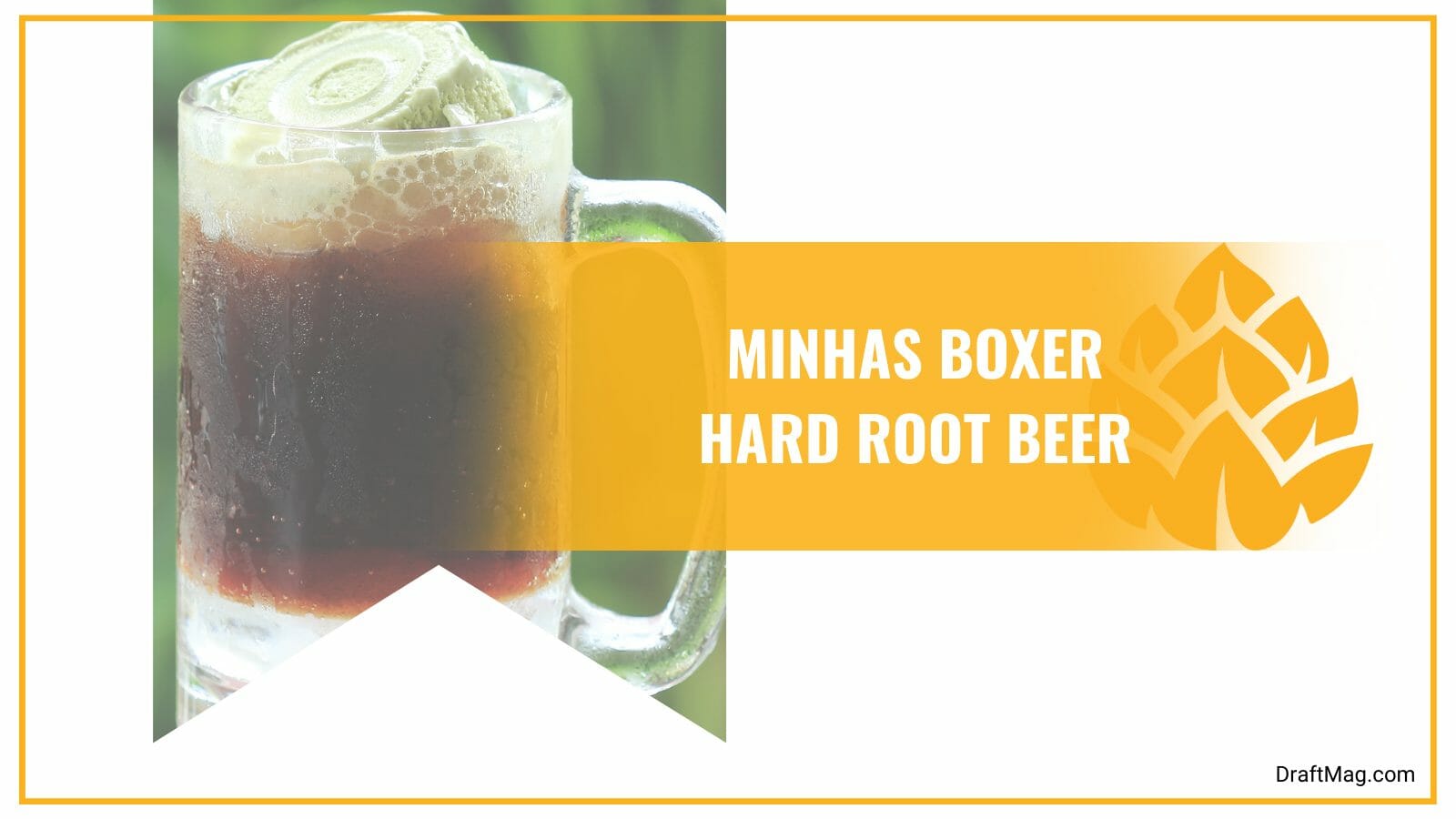
Despite its aggressive moniker, it’s a relatively pacified drink. A 5 percent alco-pop is brewed with malt barley. Notes of nutmeg, molasses, cinnamon, and vanilla lend it spiciness, while cane sugar sweetens it.
Once poured, the beer forms a nice frothy head that is an inch thick. The dominant rooty flavor and aromas of the spices do an excellent job of hiding the alcoholic smell. Even though it’s only 5 percent ABV, the alcohol volume can quickly stack up if you end up having one too many.
5. Berghoff Rowdy Root Beer
Perhaps inspired by the rather unsavory human behavior displayed after having a few beers, the Berghoff “Rowdy” Root Beer sports an ABV of 6.6 percent. The Rowdy is based on a dry porter that is sweetened with cane sugar.
The malty beer is smooth, creamy and sports hints of Sassafrass – the root and anise. A relatively thin texture and a sweet flavor profile round up this round of introduction to the Rowdy.
6. Coors Mad Jack Hard Root Beer
The delightfully named Coors Mad Jack brew has an ABV of 5 percent and features a strong vanilla note as its base flavor. The hard root beer is brewed by Molson Coors, a Canada-based brewery. The brew has a strong yet short-lived head that is fast fading and makes the beer go towards flat.
The unique aspect of the Mad Jack is its soda-bubble fizz that creates a prickly mouthfeel at the outset. However, this is soon replaced by a sweet, savory body with a sugary aftertaste. The spicy notes include notable hints of clove, cinnamon, Sassafrass, caramel, and a host of other sweet spices with an apparent aroma of vanilla.
7. Captain Morgan Spiked Root Beer
The spiked root beer is brought to you by the well-known captain and reminds you of a cough syrup due to its heavy fructose aroma. The robust beer has an ABV of 7 percent with a flavor profile reminiscent of rum and soda pop.

The rum brings out sugar flavor, making it sweeter than a regular root beer. The light cola-like body tastes like barrel candy that is liquified but hides the alcoholic smells pretty well. However, it is relatively flat with no perceptible head or lace due to the distinct lack of fizz. Overall, you will be forgiven for thinking that this is traditional soft root beer due to its characteristic smell.
8. Dusty Boot Hard Root Beer
The Canadian brewers’ Dusty Boot has an ABV of 5.9 percent and features a sweet and authentic root beer taste. So much so that it might be difficult to identify it as an alcoholic beverage rather than an authentic root beer.
Traditional ingredients like vanilla, allspice and cola play around on a vodka base that is extra silky, owing to the slow caramelization process. However, this unique offering might not suit the tastes of traditional beer lovers that find hard root beer too sweet.
9. Goose Island’s Bourbon County Classic Soda Stout
Almost unequivocally, Goose Island’s Bourbon County Classic Soda Stout is considered the closest to an actual soda pop owing to its unique cola flavoring. Even though cola is an extremely common flavor, it’s incredibly difficult to nail in a bespoke stout brew considering the base ingredients that can potentially overwhelm the cola.
Even with such steep challenges, Goose Island has remarkably replicated something that is surprisingly close to the real deal. The trick is to use more adjuncts than any other variant of the bourbon county has ever used. Its combination of vanilla, brown sugar, nutmeg, cassia bark, coriander, orange zest, orange juice, and lime all add up to produce a stunningly accurate and delicious cola-flavored brew.
What Are the Similarities of Beer and Root Beer?
The similarities of beer and root beer include their appearance and some of their ingredients. For both hard and soft root beers, the body and thick and foamy head can be made using soybean protein, yuca extracts, or even other artificial thickeners.
– Appearance
The characteristic feature of both beer and root beer is a natural, long-lasting foam that was mainly produced due to the gelatinous nature of its primary compound – the bark and root of sassafras. Even though it was initially carbonated through fermentation, the process was later changed to adding carbonated water due to technological changes and the market.

Since the use of sassafras was banned in the 1960s, manufacturers used several ingredients like starch to generate the familiar foam that could be found in root beers with sassafras. The foam forms a crucial part of the identity of a root beer, and different brands have evolved with different foaming characteristics.
For centuries, the golden brew has played its part as a social lubricant bringing communities together and standing as a testament to the good times. And with time, it has taken on multiple roles and forms by leveraging some of the most popular and familiar flavors
– Methods of Preparation
The earliest known traditional recipe for hard root beer involves using molasses and water to cook a syrup which is then left to cool for up to three hours. Root ingredients such as sassafras bark, root, and wintergreen were then added to the syrup along with yeast for fermentation.
The primary fermentation took 12 hours, after which it was strained and bottled to allow for secondary fermentation. In most cases, the beverage ended up with an ABV of 2 percent or less. Although, the recipe was frequently adjusted to up the alcohol level.
The earliest recipes for traditional root beers included several ingredients like licorice, molasses, dog grass, vanilla beans, sassafras roots, prickly ash bark, yellow dock, wild cherry bark, spicewood sarsaparilla, guaiacum chips, pipsissewa, spikenard, dandelion root, burdock root, hops, wintergreen, ginger, juniper, coriander, birch bark, and allspice. Many of these ingredients are used to this day. Only the thickening and foaming are obtained artificially due to legal restrictions on the primary ingredient.
– Origins
The earliest noted form of root beer has been on record since the 1840s when it was sold in a syrupy form and not a ready-to-consume beverage. The key ingredient, sassafras, was widely known for its medicinal qualities by both Europeans as well as native Americans. This led to people manufacturing root beer mostly for its medicinal properties. In later stages, root beer was mixed with soda to obtain the soft drink we know today.
The first successfully commercialized brand of root beer was made available at the Philadelphia Centennial Exposition in 1876 by pharmacist Charles Elmer Hires. Even though he made a tea-like concoction with the roots, the product was named root beer as he wanted it to be marketed among the Pennsylvania coal miners. By 1886, bottling the product started and soon became widely available across the United States. Much later, during the prohibition era, root beer gained even more popularity.
However, sassafras was not the only ingredient to manufacture root beer. Closer to the 1900s, its sarsaparilla-based cousin was also introduced in the markets. The early 1900s saw the rise of cold, frosty root beer, slowly evolving into the form we know today.
– Contemporary Root Beer
In this day of commercial availability, however, things are markedly different. The largest markets for root beer remain in the US and Canada even though its popularity outside North America is gradually surging.
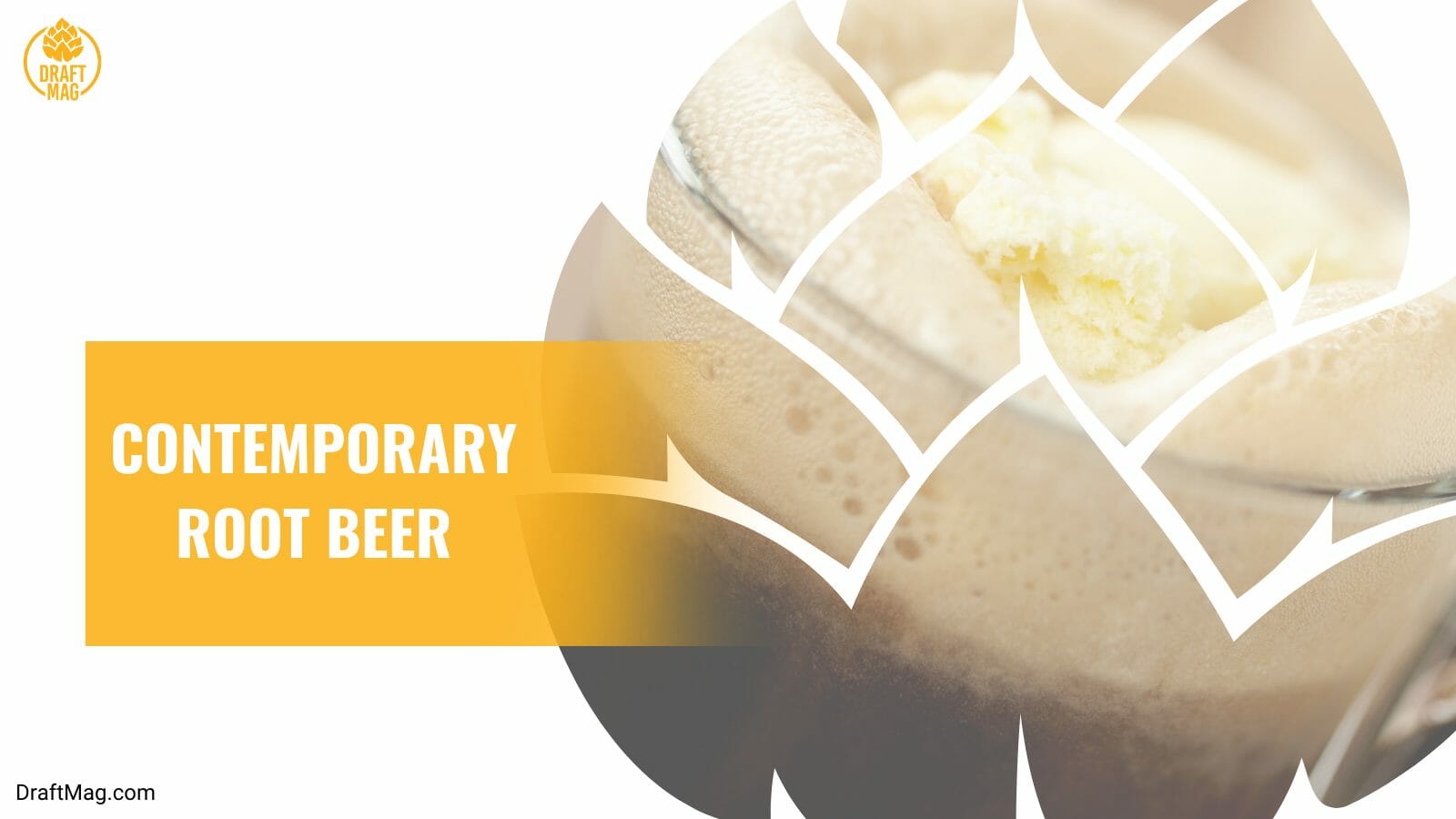
Countries like Thailand, Vietnam, Sweden, Indonesia, South Korea, Taiwan, Singapore, the Philippines, Germany, Argentina, Malaysia, the United Kingdom, and Australia are increasingly waking up to root beer and its unique taste as well. In these countries, the available root beer can be similar to the North American variant or have slight variations depending on local ingredients and palates.
– Variety of Root Beers Available Today
Unlike its earliest form, the modern, commercially produced root beer has no standard recipe. Contemporary root beers are thought to contain artificial flavors that mimic sassafras flavors alongside standard ingredients like sugar and water.
This has led to the availability of a large variety of unique root beer flavors like honey, sweet birch, cinnamon, molasses, anise, acacia, nutmeg, sarsaparilla root, licorice root, black cherry bark, wintergreen, as well as more common flavors like caramel and vanilla.
The beverage gains its dark brown body from caramel and the characteristic froth is made with yucca or soybean protein. Other than Barq’s, most major brands of root beer are completely devoid of caffeine.
As discussed, hard root beers have made a resurgence today, especially post the 2000s with notable brands like the Dusty boot, Captain Morgan, Coors, and Small Town Brewery, among many others.
When making root beers at home, you can use unprocessed herbs and roots or make things simpler than a factory-made processed extract. Root beer float is a popular contemporary drink that uses different varieties of root beer.
FAQ
– Are There Alcoholic Root Beers?
Yes, there are alcoholic root beers or hard root beers, and they are not only available around the world but are making headway into the beer market today. Several craft breweries are leveraging the already popular flavor profile of root beer to promote their alcoholic brews.
Even more established names like Captain Morgan and Coors have joined the bandwagon. Naturally, the demand for alcoholic root beer is the highest in geographies where the non-alcoholic version rules, the US, Canada, and North America in general. Although today, several variants of hard root beer are exported worldwide.
Conclusion
This is what an alcoholic root beer brings to the table — the familiar taste with the kick of a good beer we all know and love. Let us summarize what we covered in this article:
- Many beers taste like root beers. They are mostly available in North American markets where the original soft drink is already widely popular.
- These “hard” root beers blend in the signature rooty flavor of the original root beer with the punch and goodness of a golden alcoholic brew.
- Many well-known as well as local brands such as Coors, Captain Morgan, Berghoff, Dusty Boot, and more, have their signature hard root beer on the market.
- The earliest form of root beer was available in the 1840s as a root-flavored syrup but not as a ready-to-consume beverage as we know it.
- Modern root beers contain artificial flavors that mimic the original ingredient, sassafras, with sugar and water and a variety of other flavors.
When it comes to alcoholic root beers, it has only just started to gain popularity. And with ever-increasing sales that are going out all around the world, you’ll be able to enjoy this unique brew very soon, no matter where you are.

